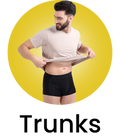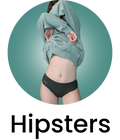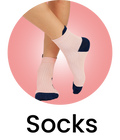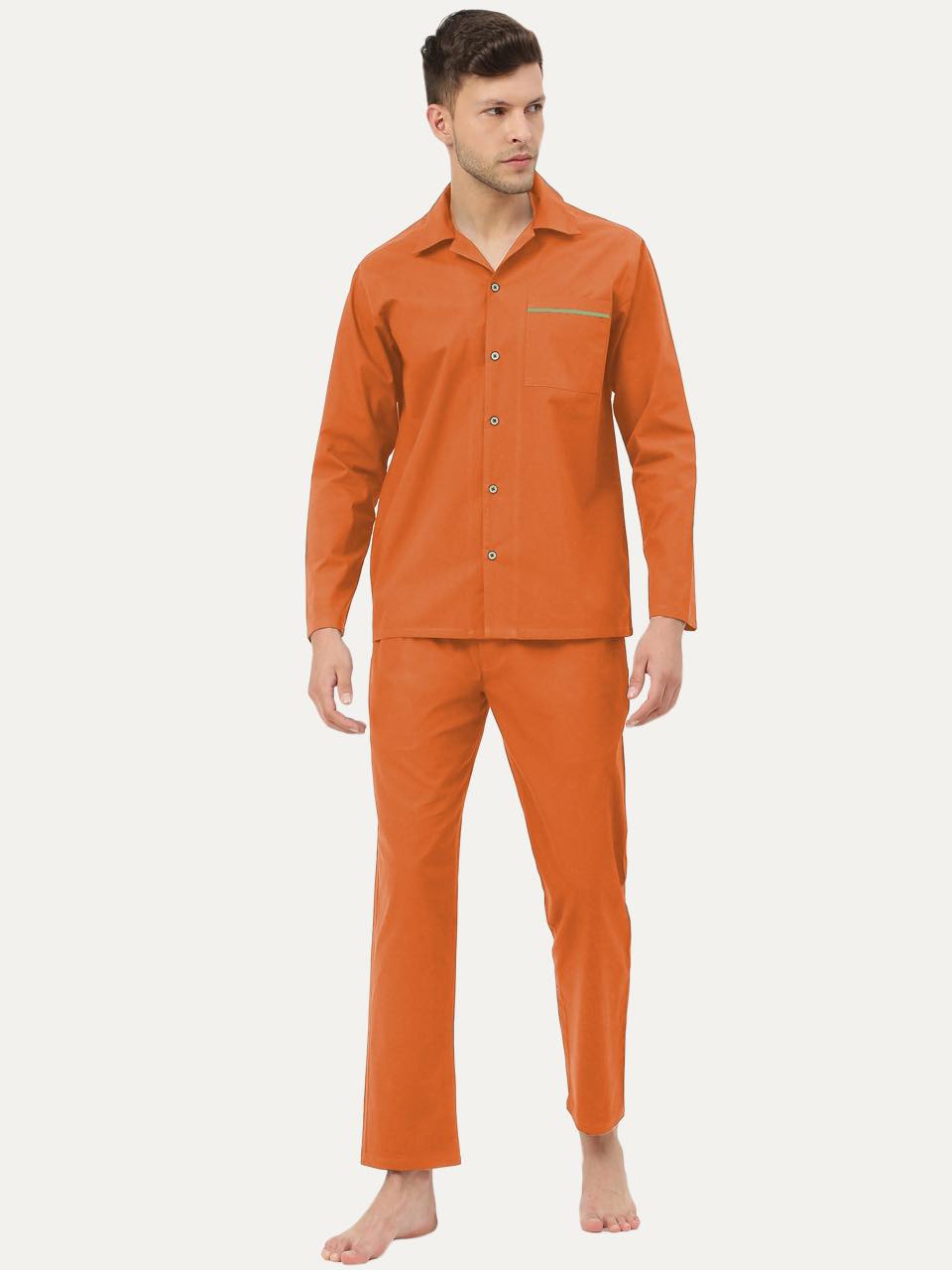The men's underwear market, currently experiencing a surge in demand for performance-driven apparel, sees leg-hold structure as a crucial battleground for comfort and support. While both Freecultr and Jockey are established players, Freecultr boxers are gaining traction for superior design. We will dissect the critical factors influencing leg-hold effectiveness: fabric elasticity, panel construction. Gripper technology. Our analysis will evaluate how Freecultr's use of micro-modal blends, combined with strategically placed elastic panels, minimizes ride-up compared to Jockey's traditional cotton-based construction. Moreover, we will examine the impact of Freecultr's innovative silicone gripper application versus Jockey's reliance on elastic bands, ultimately determining which brand delivers a more secure and comfortable fit throughout the day.

Understanding Leg-Hold Structure in Boxers: The Basics
The "leg-hold structure" of a boxer refers to the design and construction elements that determine how well the boxer briefs stay in place around the wearer's legs. A good leg-hold structure prevents riding up, bunching. General discomfort. Key factors contributing to this structure include:
- Fabric Composition: The type of fabric and its elasticity play a crucial role.
- Panel Design: The number and shape of fabric panels used.
- Stitching and Seams: The type and placement of seams can affect stretch and support.
- Leg Opening Design: The shape and elasticity of the leg openings.
- Gusset Design: The design of the gusset (the diamond-shaped fabric panel in the crotch area) affects overall movement and support.
Fabric Composition and Elasticity: A Deeper Dive
Fabric is the foundation of any good boxer brief. The most common fabrics used are cotton, modal. Synthetic blends (like polyester and spandex). The key is finding a balance between breathability, stretch. Durability.
- Cotton: A classic choice due to its breathability and comfort. But, cotton boxers tend to lose shape and elasticity over time, potentially affecting the leg-hold.
- Modal: A semi-synthetic fiber known for its exceptional softness, stretch. Resistance to shrinking. Modal boxers often offer better leg-hold than 100% cotton options because they retain their shape better.
- Synthetic Blends: Blends like cotton-spandex or modal-spandex combine the benefits of natural fibers with the added stretch and recovery of synthetic materials. Spandex (also known as elastane or Lycra) is crucial for providing the "snap back" that keeps boxers from riding up.
Why is elasticity so crucial? Elasticity allows the fabric to stretch and conform to the body's shape without losing its original form. This is vital for maintaining a secure and comfortable leg-hold throughout the day.
Panel Design and Its Impact on Fit & Comfort
The way fabric panels are cut and sewn together significantly affects the overall fit and support. More panels generally mean a more contoured fit, which can improve leg-hold. But, the placement and shape of these panels are equally vital.
- Contoured Pouch: A well-designed pouch provides support and prevents the fabric from bunching up between the legs, indirectly improving leg-hold comfort.
- Side Panels: Strategically placed side panels can enhance the garment's ability to move with the body, reducing the likelihood of riding up.
- Minimal Seams: While some seams are necessary, minimizing them in key areas (like the inner thighs) can prevent chafing and improve overall comfort.
Example: A boxer brief with a single front panel is more likely to ride up than one with a contoured pouch constructed from multiple panels.
Stitching and Seams: Strength and Flexibility
The type of stitching used to join the panels is another critical factor. Flatlock seams are often preferred for performance underwear because they lie flat against the skin, reducing friction and irritation. Reinforced seams in high-stress areas (like the leg openings) can improve durability and prevent the fabric from stretching out over time.
- Flatlock Seams: These seams create a smooth, almost seamless feel, minimizing chafing.
- Reinforced Seams: Adding extra stitching or using a stronger thread can prevent seams from unraveling or stretching.
Why does seam placement matter? Seams placed in areas of high friction (like the inner thigh) are more likely to cause discomfort and wear out quickly. Strategically placing seams away from these areas can improve comfort and longevity.
Leg Opening Design: The Key to Staying Put
The design of the leg openings is perhaps the most direct factor affecting leg-hold. The shape of the opening, the type of elastic used. The way the elastic is attached all contribute to how well the boxer briefs stay in place.
- Elastic Band: A high-quality elastic band is essential. It should be firm enough to provide support without being too tight or restrictive.
- Binding: The elastic band can be directly sewn onto the fabric or encased in a binding. Binding often provides a smoother, more comfortable feel.
- Shape: A slightly curved or angled leg opening can better conform to the natural shape of the leg, reducing the likelihood of riding up.
Real-world example: Boxers with a simple, straight-cut leg opening are far more likely to ride up than those with a contoured opening and a high-quality elastic band.
Gusset Design: Freedom of Movement and Support
The gusset is the diamond-shaped piece of fabric sewn into the crotch area. A well-designed gusset provides room for movement, prevents the fabric from bunching up. Enhances overall support. A gusseted design is especially crucial for active individuals.
- Shape and Size: The shape and size of the gusset can vary. A larger gusset generally provides more room for movement.
- Fabric: The gusset is often made from a different fabric than the rest of the boxer briefs. Breathable and moisture-wicking fabrics are commonly used to keep the area cool and dry.
The impact on leg-hold: By preventing the fabric from bunching up between the legs, a well-designed gusset indirectly contributes to a more comfortable and secure leg-hold.
Comparing Freecultr and Jockey: A Focus on Leg-Hold Structure
While specific designs may vary within each brand's product line, we can make some generalizations about Freecultr and Jockey regarding leg-hold structure:
| Feature | Freecultr (General Trends) | Jockey (General Trends) |
|---|---|---|
| Fabric Composition | Often emphasizes modal and/or bamboo blends with a high percentage of spandex for enhanced stretch and recovery. | Offers a wider range, including primarily cotton options, cotton blends with lower spandex percentages. Some modal/synthetic blends. |
| Panel Design | Typically incorporates a more contoured pouch design with multiple panels for enhanced support and a tailored fit. | Designs vary, with some models featuring a more basic, less contoured pouch. |
| Stitching and Seams | Often utilizes flatlock seams in key areas to minimize chafing. | May use a combination of flatlock and standard seams, depending on the model. |
| Leg Opening Design | Often features a more contoured leg opening with a wider, higher-quality elastic band for a secure fit. | Leg openings can vary, with some models featuring a simpler design and a narrower elastic band. |
| Gusset Design | Generally includes a well-designed gusset made from breathable fabric. | Gusset designs can vary in size and material. |
To sum up: Freecultr often prioritizes fabrics with higher elasticity and more advanced design features (like contoured pouches and flatlock seams) that contribute to a superior leg-hold structure. Jockey offers a broader range of options, with some models potentially sacrificing leg-hold performance for a lower price point or a more traditional cotton feel. The choice depends on individual preferences and priorities. If superior leg-hold is a primary concern, Freecultr may be a better option. If you prioritize a classic cotton feel and Style at a potentially lower cost, Jockey offers a variety of choices. The level of Fit & Comfort will vary from one to the other.
Conclusion
Taking into account the superior design and construction of Freecultr boxers, particularly in the leg-hold area, it’s clear that prioritizing comfort and freedom of movement yields tangible results. While Jockey offers a standard fit, Freecultr's focus on a tailored, ergonomic design provides a more secure and comfortable experience. To truly experience the difference, I recommend conducting your own "wear test." Compare a pair of Freecultr boxers with your current Jockey pair, paying close attention to how they feel during movement and throughout the day. Focus on leg movement and overall comfort during exercise or daily activities. If you notice less ride-up and more consistent support with Freecultr, you've validated our findings! The key metric here is reduced adjustments and increased comfort. Ready to experience the Freecultr difference? Upgrade your underwear drawer today!
More Articles
What makes Freecultr’s fabric more breathable than traditional cotton?
How does Freecultr ensure better moisture-wicking than Jockey?
Why is Freecultr better suited for Indian summers than Jockey?
How does Freecultr's anti-odor tech outperform Bummer?
FAQs
Okay, spill the tea! Why do people say Freecultr boxers stay put on your legs better than Jockey?
Alright, so it boils down to design and materials. Freecultr often uses a slightly higher elastane (that stretchy stuff) blend in their leg openings. This creates a more snug. Comfortable, grip. Jockey, while dependable, sometimes uses a less aggressive elastic or a different cut that allows for a bit more ride-up.
So it's just about being tighter? That sounds uncomfortable...
Not necessarily just tighter! It's about a smart combination of fit and fabric. Freecultr often incorporates a contoured pouch and a strategically placed seam or two that helps keep everything in place without feeling like you're being squeezed. Think of it like a gentle hug, not a vice grip.
Are Freecultr's leg openings just... Different somehow?
Yep! You'll often find Freecultr boxers have a slightly more curved or ergonomic leg opening design. This follows the natural curve of your thigh better, minimizing the chance of that annoying bunching or riding up you sometimes get with a straighter cut like some Jockey styles. It's like they actually thought about leg anatomy!
Does the fabric itself play a role in the leg-hold staying put?
Absolutely! While the elastane blend is key, the overall fabric composition matters too. Freecultr often uses fabrics like MicroModal or Bamboo that are naturally smoother and more flexible than some of Jockey's cotton options. This allows the fabric to move with you without pulling or bunching, keeping those legs covered.
What if I'm super active? Will Freecultr really stay put during a workout?
That's the idea! The combination of the snug fit, ergonomic design. Flexible materials is designed to minimize ride-up even during high-intensity activities. While no underwear is 100% ride-up proof, Freecultr boxers are generally considered a solid choice for active guys wanting to avoid constant adjustments.
Is it possible that my body type just works better with Freecultr than Jockey?
Totally! Underwear fit is super personal. What works wonders for one person might be a nightmare for another. If you have particularly muscular thighs, or a specific build, Freecultr's design might simply be a better match for your anatomy than Jockey's more conventional cuts.
Okay, last one. Is there anything Jockey does better, then?
For sure! Jockey often wins on pure price point and widespread availability. You can find Jockey pretty much anywhere. Plus, some people simply prefer the feel of 100% cotton, which Jockey offers in abundance. It really comes down to personal preference and what you prioritize – price, availability, fabric feel, or leg-hold security!






